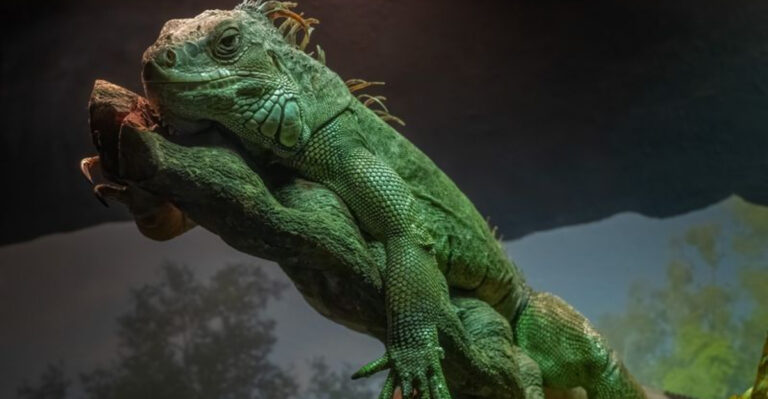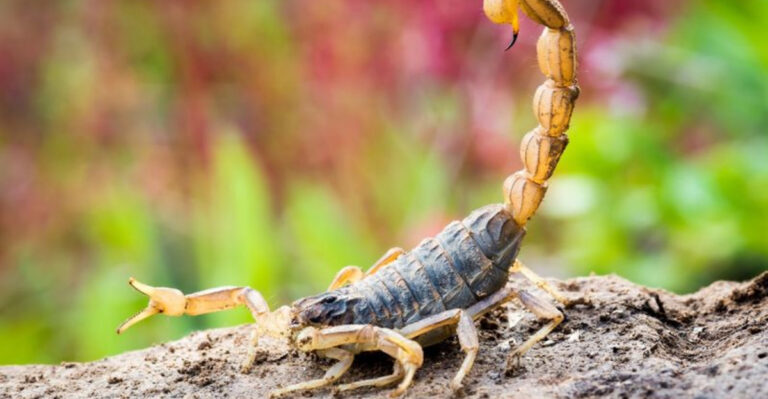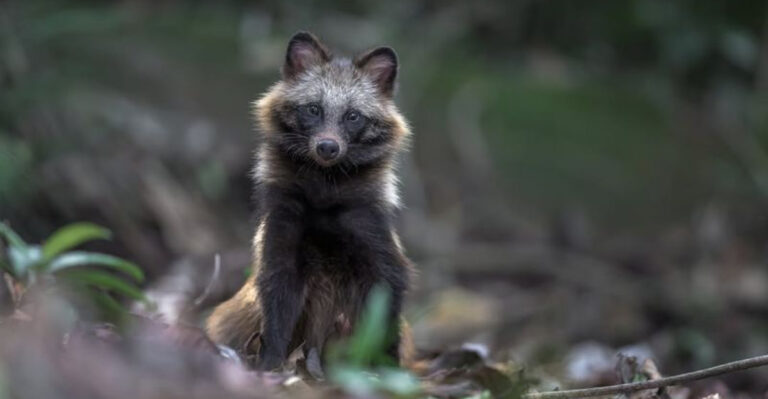10 Snakes To Watch Out For In The US (And 5 You Won’t Find Here)

Most American hikers will never encounter a venomous snake, but knowing which ones pose a threat could save your life. From the deserts of Arizona to the swamps of Florida, the United States is home to some truly dangerous serpents.
Let’s explore the slithery residents you should watch for on American soil – and a few exotic serpents that thankfully stay far from our borders.
1. Silent Rattler: The Eastern Diamondback
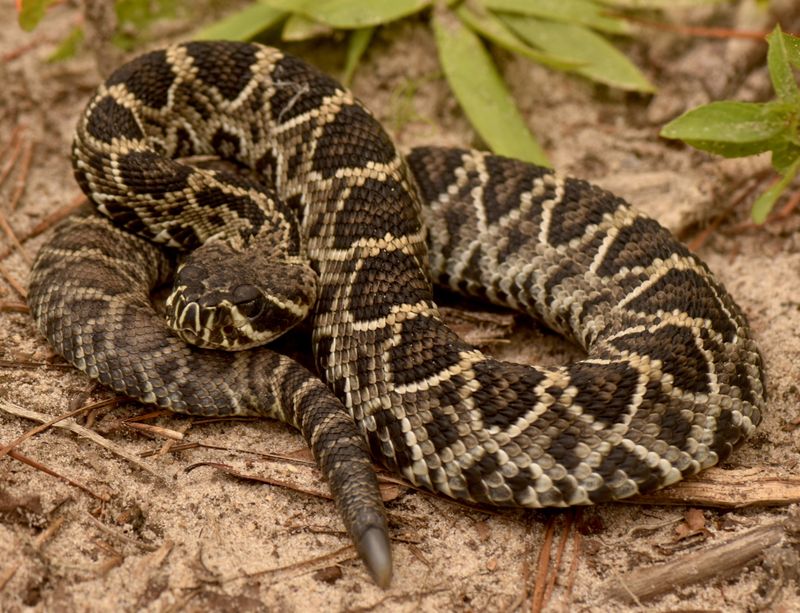
Nature’s warning system sometimes fails! These giants can reach 8 feet long and pack enough venom to take down several adults. Their distinctive diamond pattern provides perfect camouflage in pine forests and palmetto thickets across the southeastern states.
Always watch your step in their territory – they won’t always rattle before striking.
2. Desert Danger: Mojave Rattlesnake

Pound for pound, perhaps America’s deadliest snake! Venom packed with a rare neurotoxin attacks both the nervous system and the blood.
Greenish-tan coloring helps them disappear into the dry, dusty terrain of the southwestern deserts. Known for an aggressive nature, they often strike more than once without hesitation.
3. Water Moccasin: The Cottonmouth’s Gaping Threat
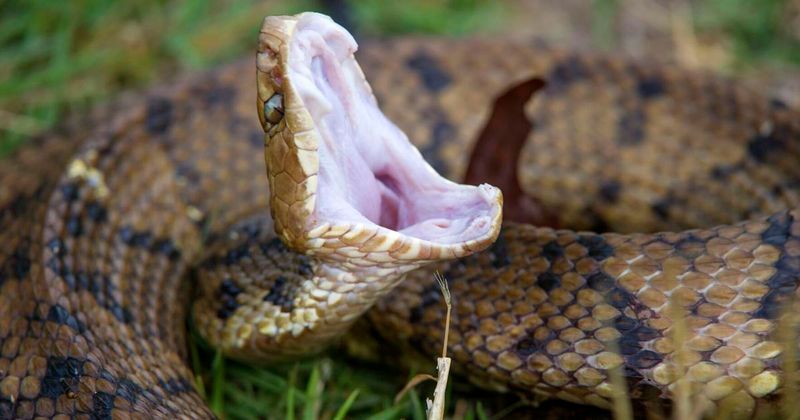
Ever seen a snake flash a cotton-white mouth? That’s this bad boy’s warning display! Found throughout southeastern waterways, they’ll stand their ground rather than flee when threatened.
Unlike many water snakes, cottonmouths can deliver a potentially fatal bite. Their chunky bodies and blocky heads are key identification features when swimming or basking.
4. Coral Confusion: Red Touch Yellow
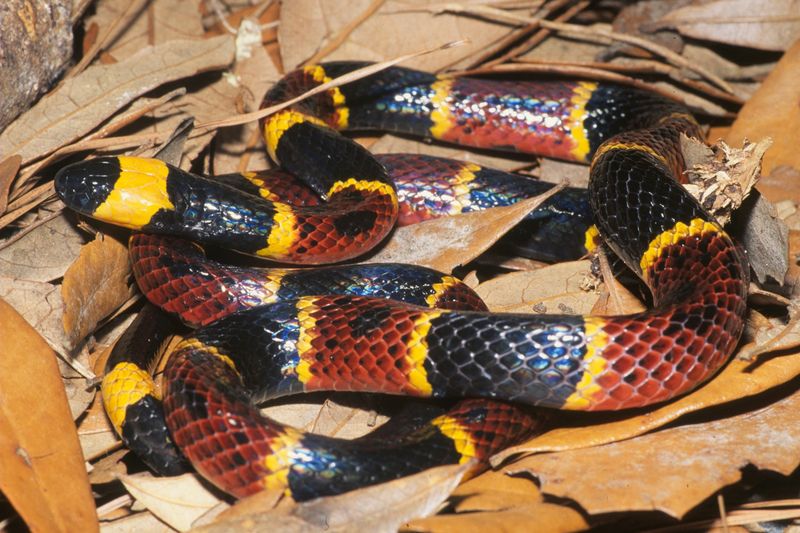
Remember the rhyme: “Red touch yellow, kill a fellow.” Eastern coral snakes sport vibrant bands of red, yellow, and black, with red and yellow bands touching. Despite their small size, they pack a powerful neurotoxic punch.
They’re shy burrowers rarely seen in daylight, but their venom can cause respiratory failure if medical help isn’t found quickly.
5. Timber’s Warning: The Forest Rattler
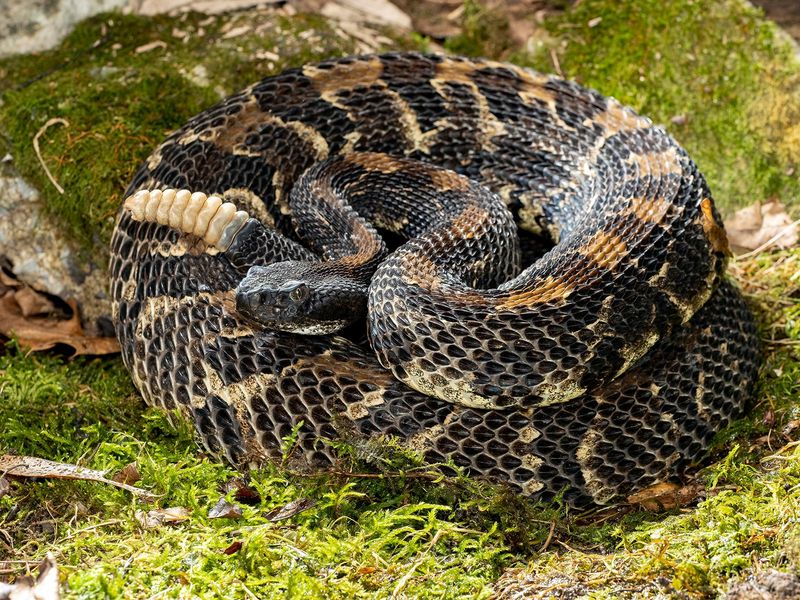
Forest hikers beware! Timber rattlesnakes lurk among fallen logs and rocky outcrops throughout eastern woodlands. Their excellent camouflage – ranging from yellow to black with dark crossbands – makes them nearly invisible on forest floors.
Though generally docile, they deliver large venom doses when cornered. Their population decline has earned them protected status in many states.
6. Sidewinder’s Sandy Dance

The sidewinder’s sideways locomotion isn’t just cool to watch – it’s a desert survival adaptation! Those distinctive horns above their eyes aren’t for looks; they protect against sun and sand.
While smaller than other rattlesnakes, these Mojave and Sonoran desert dwellers deliver potent venom. Their unique J-shaped tracks in the sand are telltale signs you’ve entered sidewinder territory.
7. Copperhead Ambush: Fallen Leaf Mimic
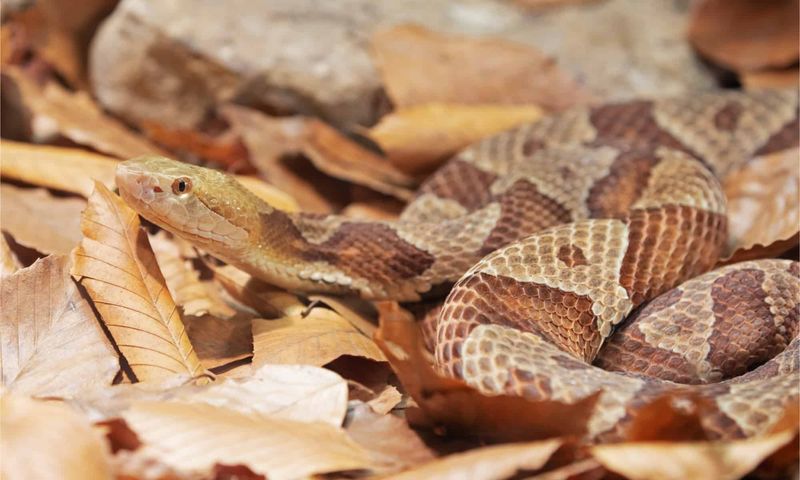
Fall’s most dangerous lookalike! Copperheads’ hourglass-patterned bodies perfectly mimic autumn leaves, making them nearly invisible on forest floors. Most bites happen when people accidentally step on or near these masters of disguise.
Good news: their venom rarely proves fatal to adults. Bad news: their bites still hurt like crazy and can cause tissue damage requiring medical attention.
8. Western Diamond-Back: The Desert Defender

Cowboys called them “buzz tails” for good reason! A loud, unmistakable rattle echoes across desert terrain as a clear warning to keep your distance.
Perfectly adapted to the scorching American Southwest, they thrive where few others can. White-and-black banded tails act as flashing signals before a dangerous strike lands.
9. Massasauga: The Swamp Rattler
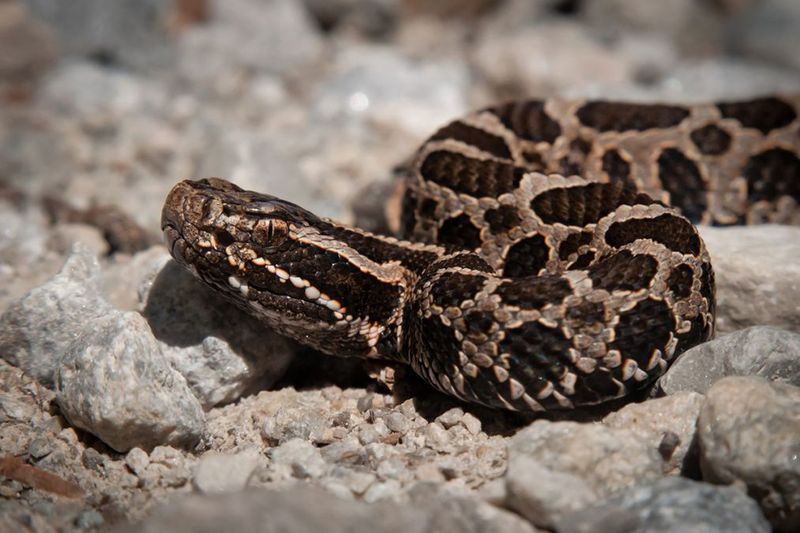
Small but mighty! These compact rattlesnakes patrol wetlands and marshes across the Great Lakes region and parts of the Southwest. Despite reaching only 2-3 feet long, their potent venom demands immediate medical attention.
Unlike their larger rattlesnake cousins, massasaugas often freeze instead of rattling when discovered, making them harder to detect in marshy vegetation.
10. Prairie Rattler: Grassland Guardian
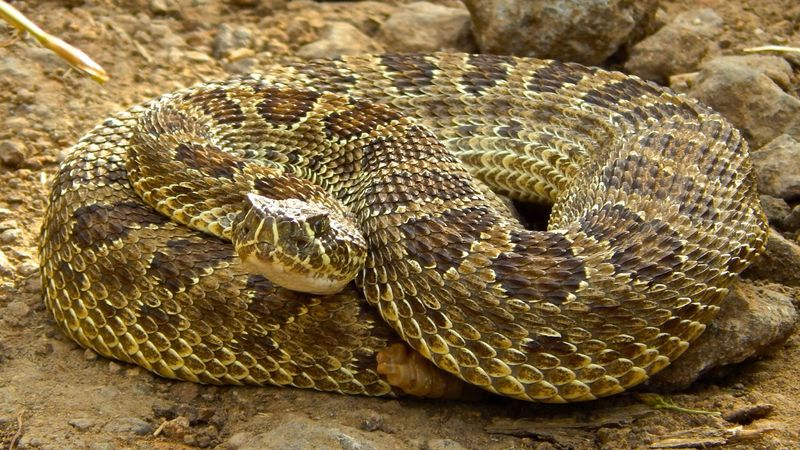
America’s plains hide these medium-sized venomous vipers! Prairie rattlesnakes control rodent populations across central states from Canada to Mexico. Their brown-blotched bodies disappear against dry grasses and dirt.
While less aggressive than some rattlesnakes, they’ll defend themselves fiercely when cornered. Farmers and ranchers encounter them most frequently during summer months when they’re most active.
11. King Cobra: Royalty You’ll Never Meet
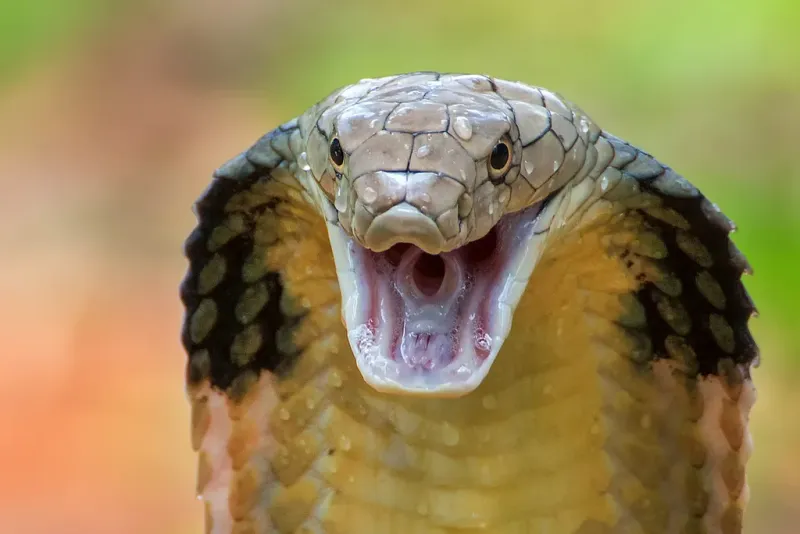
The longest venomous snake in the world thankfully stays in Southeast Asia! Growing up to 18 feet, these intelligent hunters can raise a third of their body off the ground, looking you straight in the eye.
Their neurotoxic venom can kill an elephant. Unlike American cobras (which don’t exist!), kings have distinctive hood markings resembling spectacles or eyeglasses when threatened.
12. Black Mamba: Africa’s Lightning Strike

Speed demons of the snake world! Black mambas can slither at 12mph – faster than you can run. Despite their name, they’re not black but brownish-gray; the inside of their mouth reveals the inky darkness they’re named for.
Found only in Africa, their venom can kill within 20 minutes. Without antivenin, their bites have a nearly 100% fatality rate.
13. Inland Taipan: Australia’s Silent Killer
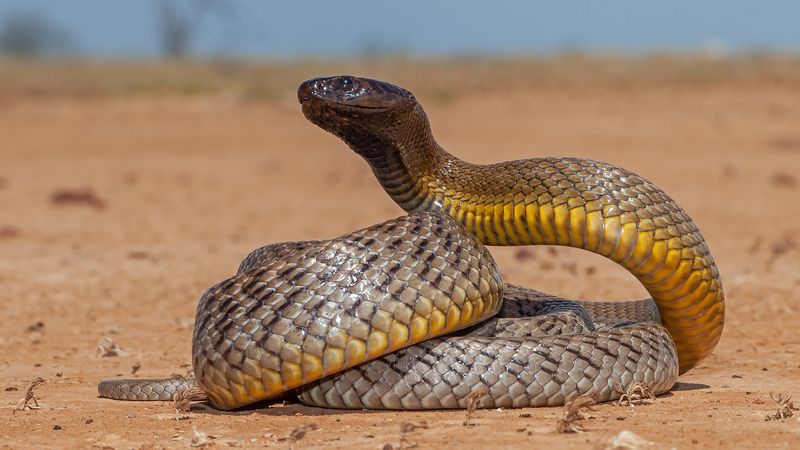
Drop-for-drop, the world’s most venomous snake stays down under! Also called the “fierce snake,” this unassuming Australian has enough venom in one bite to kill 100 adults. Its brownish coloration changes seasonally – darker in winter, lighter in summer.
Thankfully, they’re incredibly shy and rarely encounter humans in their remote desert habitat.
14. Russell’s Viper: Asia’s Rice Paddy Terror
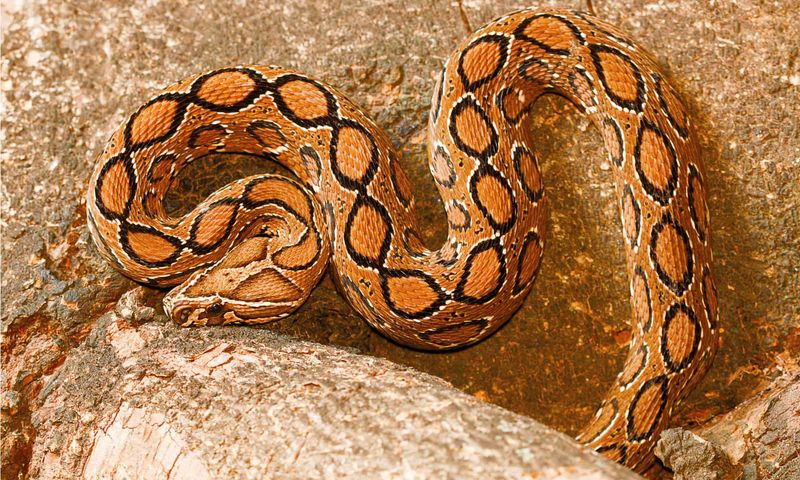
Farmers across Asia fear these chunky ambush predators lurking in agricultural fields. Their distinctive chain-link pattern provides perfect camouflage among crops. Unlike American snakes, Russell’s vipers cause thousands of deaths annually in India alone.
Their venom destroys blood cells and kidney function. What makes them extra dangerous? They’re often found near human settlements, increasing encounter odds.
15. Boomslang: The Tree-Dwelling Trickster
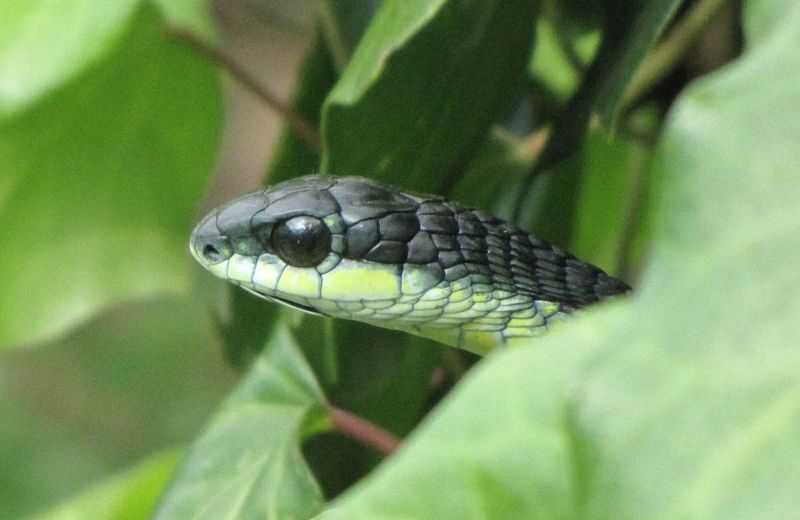
Those enormous eyes aren’t just for show! Africa’s boomslang has rear-facing fangs and 360-degree vision for hunting birds in trees. Their brilliant green scales (males) or brown coloration (females) blend perfectly with their arboreal homes.
Though shy, their hemotoxic venom causes horrific internal bleeding. Thankfully, these remarkable tree-dwellers remain exclusively in sub-Saharan Africa, far from American forests.

